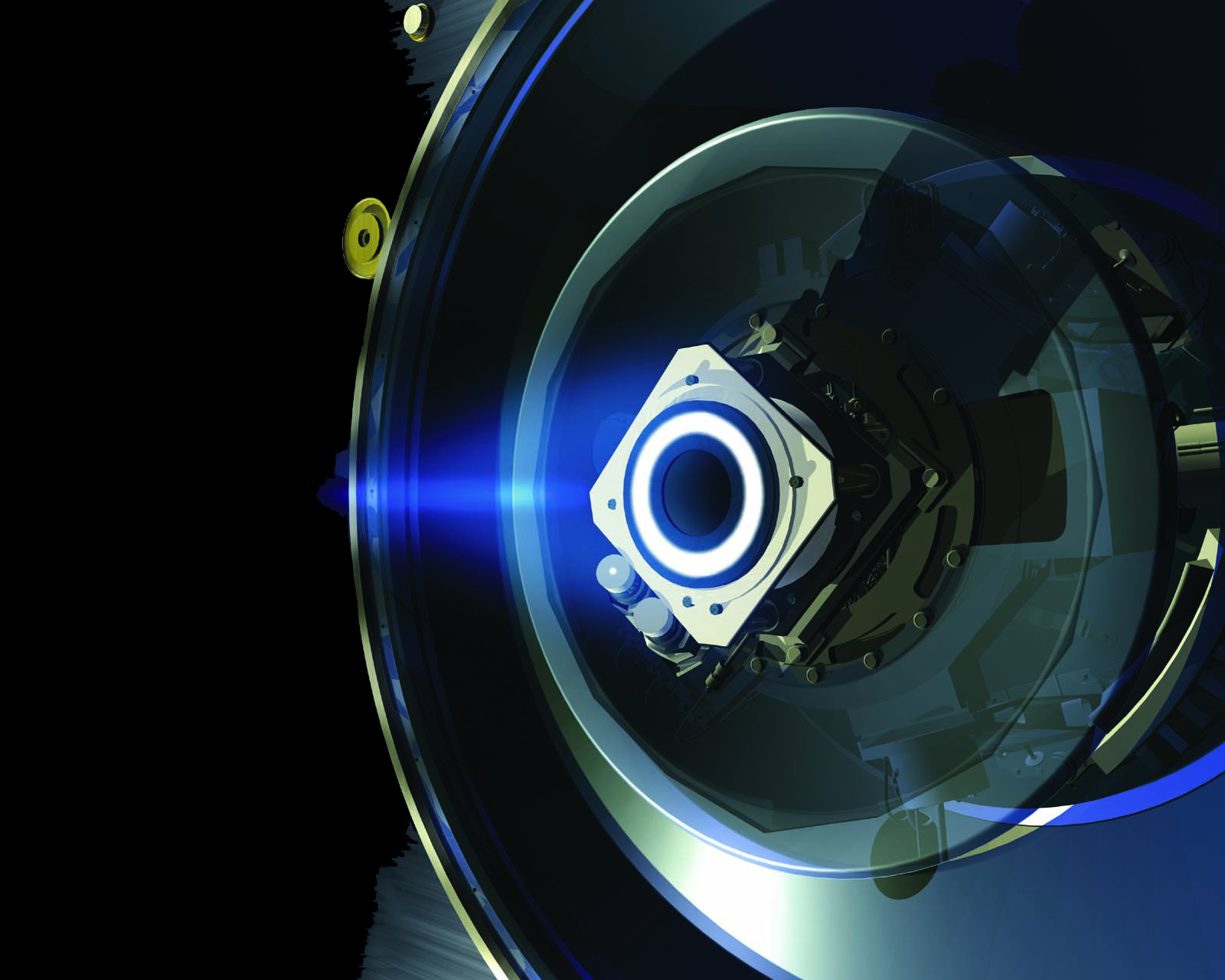RAL Space Involvement
Demonstration of a Compact Imaging X-ray Spectrometer
Subject
Lunar Surface
Main Objectives
The testing of several technologies for future missions.
To collect data on the geology, morphology, topography, mineralogy, geochemistry, and exospheric environment of the Moon.
Launch Date
27 September 2003
Partners
BNSC, ESA
Further information
ESA
SMART-1 mission and technology overview
 SMART-1 was the European Space Agency's first mission to the Moon. It was a sophisticated ion drive propelled satellite that was demonstrating the miniaturisation of space flight instrumentation. SMART-1 was launched on 27 September 2003 on an Ariane 5 rocket from Guiana Space Centre in French Guiana. It was initially scheduled to operate for 6 months, after an extension the mission finally came to an end on 3 September 2006 via a planned crash landing on the Moon’s surface.
SMART-1 was the European Space Agency's first mission to the Moon. It was a sophisticated ion drive propelled satellite that was demonstrating the miniaturisation of space flight instrumentation. SMART-1 was launched on 27 September 2003 on an Ariane 5 rocket from Guiana Space Centre in French Guiana. It was initially scheduled to operate for 6 months, after an extension the mission finally came to an end on 3 September 2006 via a planned crash landing on the Moon’s surface.
On board it had a range of instruments developed by international partnerships for studying the lunar surface and for carrying out science during the cruise phase in transit to the Moon. The ion drive propulsion was a highly efficient way to travel long distances through space and ESA plan to use this technology in future missions such as BepiColumbo.
D-CIXS is a micro-technology demonstrator of a planetary X-ray spectrometer. The accompanying X-ray Solar Monitor (XSM) will study the sun for changes in X-ray flux and X-ray spectrum emission and will be used to calibrate the D-CIXS lunar and cruise data.
The D-CIXS front end component consists of three facets, the middle with an 8 degree FOV and the outer two with a FOV of 12 degrees. Each facet consists of 8 swept charge devices (SCD's) X-ray detectors. A key feature of the D-CIXS instrument has been the development of low profile collimators, which define the instrument field of view. The collimator stacks are formed from an arrangement of ultra-thin filters and collimator components.
Two of the D-CIXS facets are mounted with Al-filter collimator stacks and the other facet has Mg-filter and Al-filter collimator stacks mounted on top of the detectors. The Al-filter attenuates all low-energy electrons from entering the detector and also blocks all optical light. The Mg-filter attenuates low-energy X-ray lines like Si and Al so that in a spectrum the Mg peak will be clear from interference: this precaution will ensure that D-CIXS maps the Moon's magnesium content.
The electronic component of D-CIXS is comprised of a Correlated Double Sampler, Field Programmable Gate Array, a FIFO and a microprocessor system which collates all of the raw data and returns it to Earth in readable science and housekeeping packets.
This detector array and the D-CIXS electronics component underwent careful testing before launch to ensure that it could cope with the stresses of take-off, exposure to radiation during transit to the Moon and thermal regime changes.
For further information:
For more information please contact: RAL Space Enquiries
